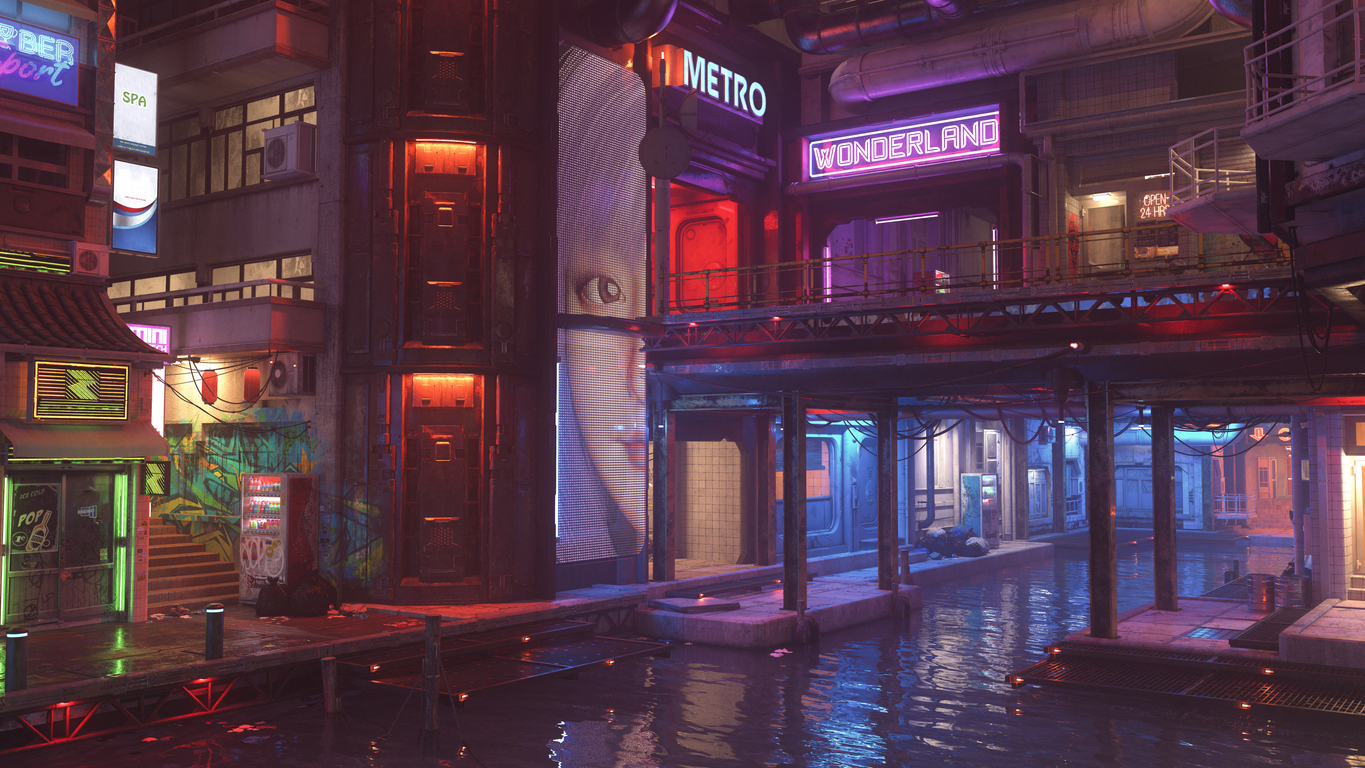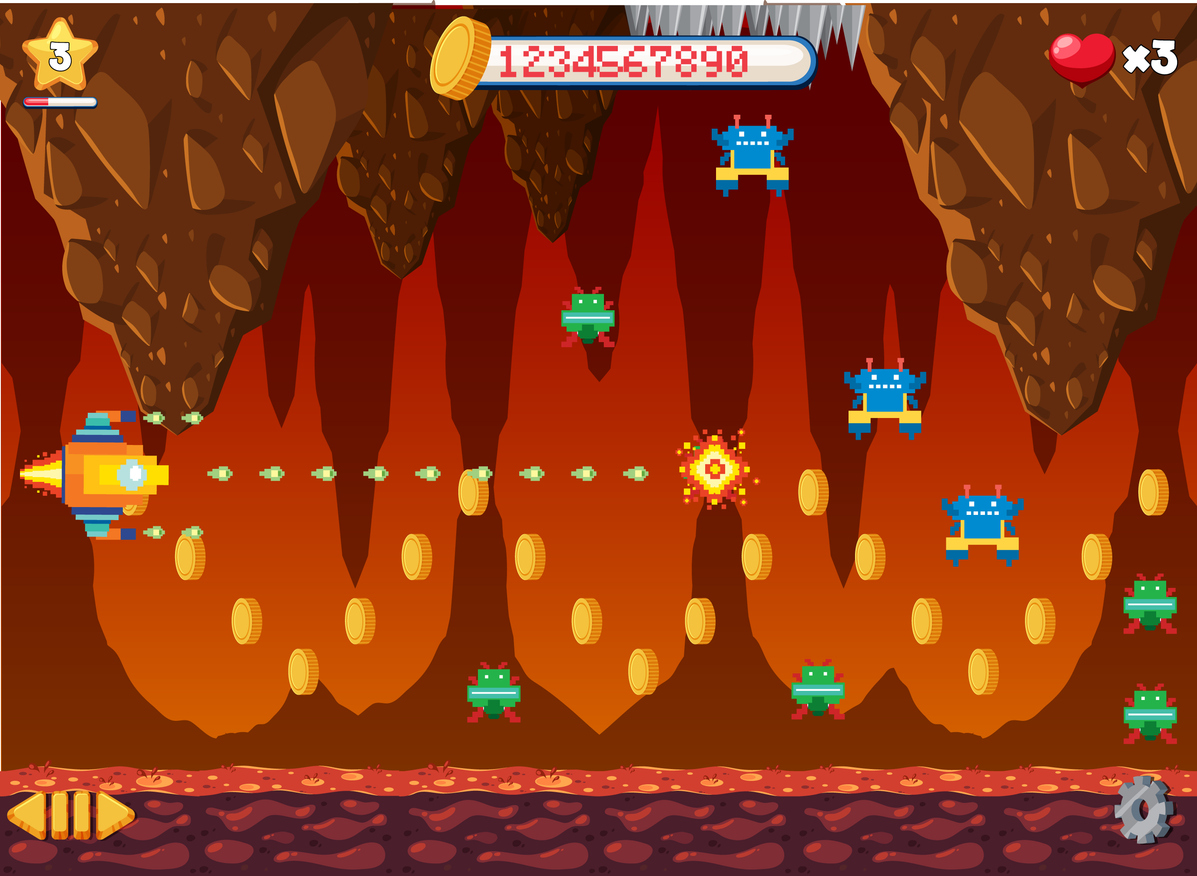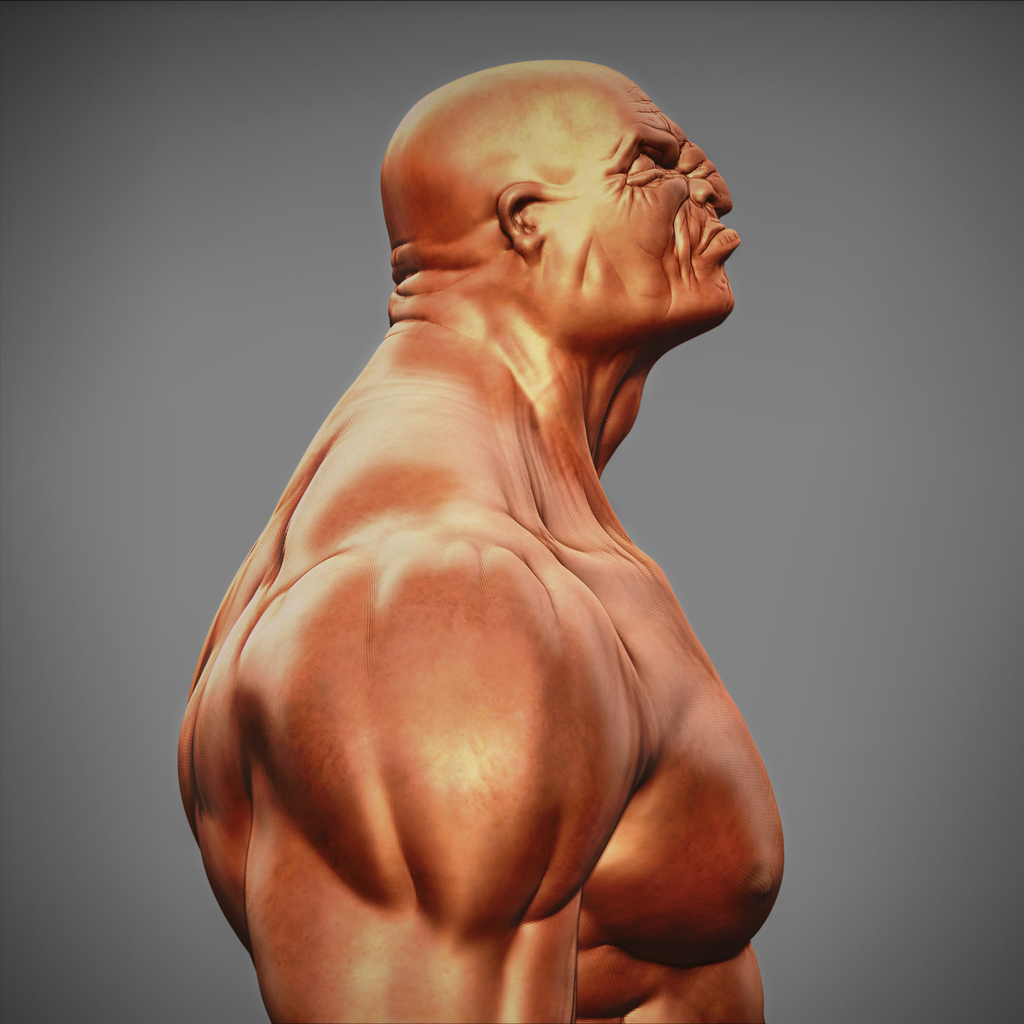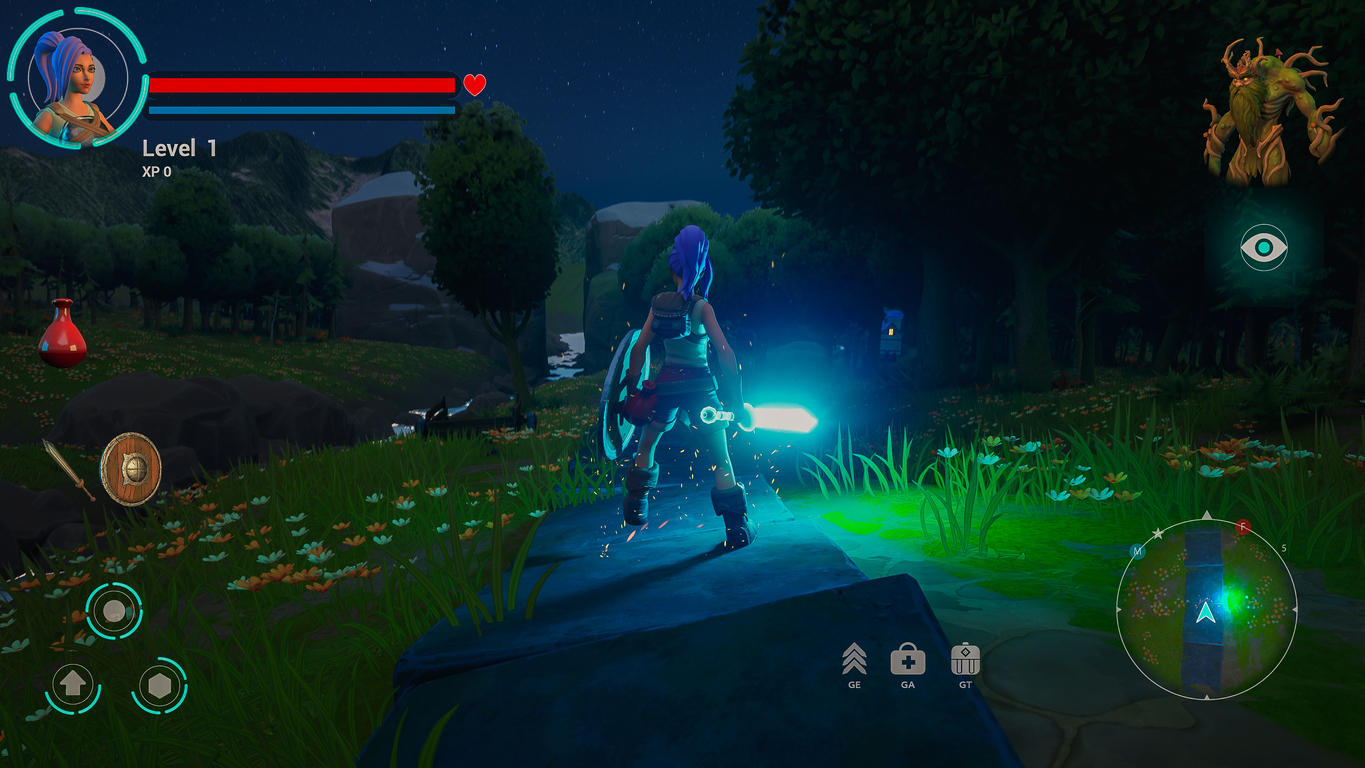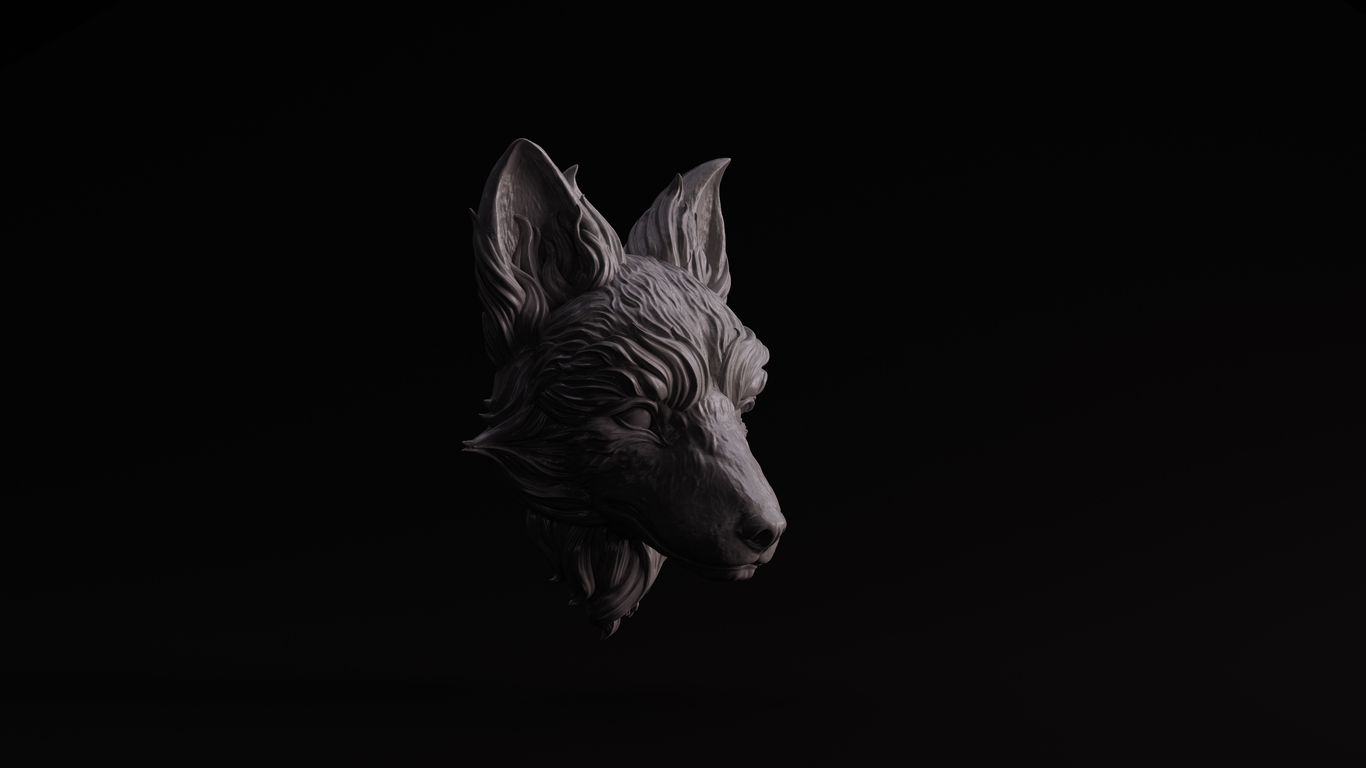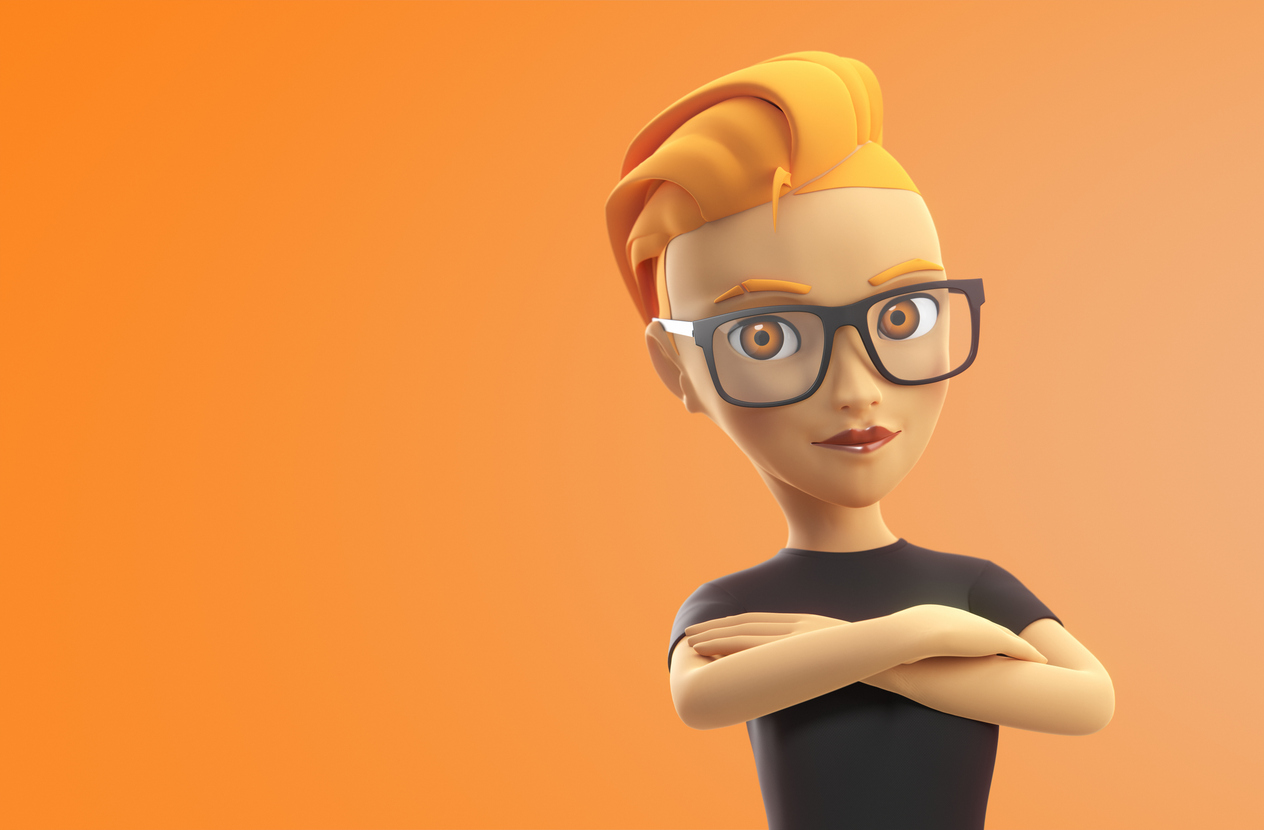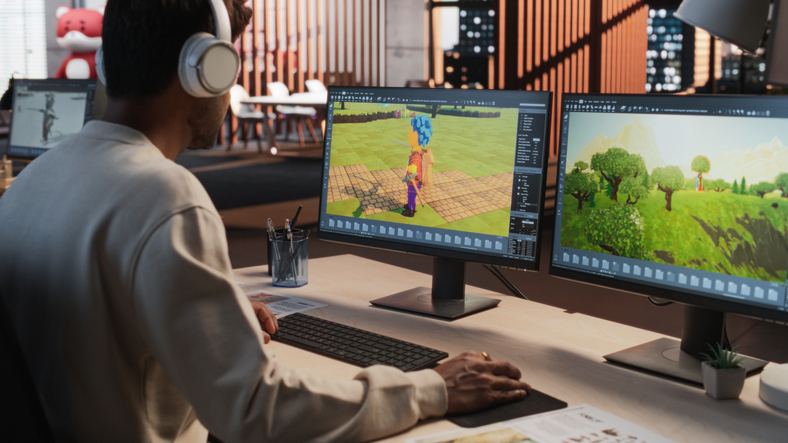Graphic design is everywhere from the smartphone apps we use, the billboards we pass, and the packaging we unwrap, to the websites we scroll and the social media posts that catch our eye. Behind these visuals are talented graphic designers who combine creativity, technical skill, and strategic thinking to craft meaningful visual experiences. But what exactly does a graphic designer’s daily work involve? Is it just sitting behind a computer moving shapes around? (Spoiler: it’s much more.) If you’re curious about the reality of this dynamic profession, this article will give you an in-depth look at the daily routine of a graphic designer.
The Art and Strategy Behind Graphic Design
Graphic design is the art of communicating ideas visually through the strategic combination of images, text, color, shapes, and layout. It’s not just about making things “look pretty”; it’s about solving problems, conveying messages, and guiding audiences toward desired actions or emotions. Graphic designers work across industries and media. You’ll find them creating everything from corporate branding and marketing materials to digital ads, social media graphics, book covers, mobile apps, packaging, and even environmental graphics like event signage or exhibition booths. Their work shapes the way people experience brands and information. Every day, they navigate the delicate balance between artistry and functionality, ensuring visuals are both beautiful and purposeful.
What Do Graphic Designers Do Daily ?
Here’s a detailed breakdown of the key tasks that fill a graphic designer’s day:
1️⃣ Morning Kickoff: Reviewing Briefs and Priorities
The day often starts by reviewing current project briefs and setting priorities. Whether working in house, at an agency, or as a freelancer, designers juggle multiple projects simultaneously. A brief outlines the client’s goals, audience, key messages, brand guidelines, and deliverables.
Tasks in this phase:
-
Setting up a plan of action for the day, often using project management tools like Trello, Asana, or Monday.com.
2️⃣ Brainstorming and Ideation
The next stage is the creative spark: generating ideas. This could involve sketching rough concepts, making mood boards, pulling visual references, or researching competitors.
Example activities:
This phase is highly iterative, where designers explore possibilities and push creative boundaries before narrowing down the best solutions.
3️⃣ Hands On Design Work
Once the direction is clear, designers spend a large portion of their day translating ideas into visuals using professional software. This hands on design work includes:
-
Digital media: Designing social media posts, email templates, web banners, or mobile app interfaces.
-
Print media: Laying out brochures, posters, packaging, magazines, or business cards.
Attention to detail matters here: alignment, color consistency, font choices, and visual balance all contribute to effective design.
Bonus Read: How to Become a Graphic Designer in Canada
4️⃣ Collaboration and Client Communication
Graphic designers rarely work in isolation. Their day often includes:
For example, a designer might collaborate with a developer to ensure a web layout translates properly into code, or they might work with a marketing manager to align a social media graphic with a campaign’s tone.
5️⃣ Revisions and Refinements
Feedback is an essential part of the design process. Designers regularly:
-
Refine details like kerning (letter spacing), line spacing, iconography, and imagery to elevate the final product.
Flexibility and adaptability are critical a good designer knows how to balance their creative instincts with client or stakeholder requirements.
Bonus Read: How to Become a Graphic Designer in Canada
6️⃣ Project Management and Deadlines
Designers manage multiple deadlines, so they need to:
-
Coordinate file management, version control, and delivery formats (especially when preparing assets for web, print, or social).
Time management is often what separates a good designer from a great one delivering on time without sacrificing quality is part of the daily hustle.
7️⃣ Ongoing Learning and Creative Exploration
Top designers carve out time for creative growth and staying updated on:
This might include attending webinars, taking online courses, or simply exploring design blogs and industry publications for inspiration.
Essential Skills That Power a Graphic Designer’s Day
Graphic designers rely on a blend of hard and soft skills every day. Here’s a snapshot:
-
Design Software Proficiency: Mastery of graphic design software like Adobe Creative Suite (Photoshop, Illustrator, InDesign, After Effects) and emerging tools like Figma or Sketch.
How VCAD’s Graphic Design Diploma Prepares You for This Career
At Visual College of Art and Design (VCAD), the Graphic Design Diploma program is designed to mirror real world demands and workflows. Here’s how it prepares students:
Comprehensive Curriculum:
Covering everything from color theory and typography to packaging design, digital illustration, and web development.
Hands On Software Training:
Students learn to navigate the tools professionals use, including Adobe Photoshop, Illustrator, InDesign, Premiere Pro, and After Effects.
Flexible Learning Options:
Both online and campus-based formats let you fit studies around your life.
Mentorship from Industry Experts:
Seasoned designers share their knowledge, give practical advice, and help students build industry connections.
Professional Portfolio Development:
Graduates leave with a polished, diverse portfolio that showcases their best work a critical tool for landing jobs or freelance opportunities.
Ready to Start Your Journey?
If you’re excited by the idea of spending your days creating meaningful, impactful visuals, VCAD’s Graphic Design Program is your gateway into the industry. With expert training, hands on experience, flexible study options, and professional portfolio development, you’ll graduate ready to launch a successful and fulfilling design career. Take the next step today your creative future awaits!
